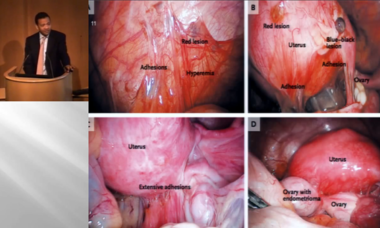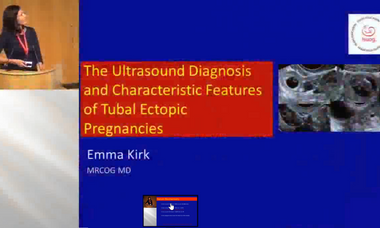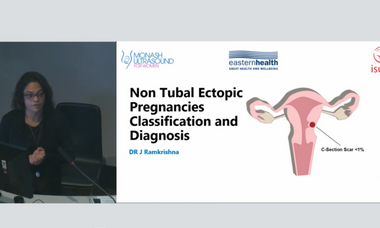This free learning tool for our members, covers a range of ultrasound related obstetric and gynecological subjects.
Learning modules
These learning modules give you free access to educational resources from our journal, educational course lectures, and ISUOG guidelines. Divided into 4 entry points, the material is presented across 35 modules in order to offer a broad learning experience to our members. Explore the material using this Learning Module Index.
For an extensive learning experience for each topic we recommend you explore our Advanced Training Curriculum where you will find 60 fully interactive, multimedia, self-study courses; offered at a discount for members and subsidised for countries in less resources areas of the world.
Gynecological ultrasound
Ultrasound in Gynecologic Oncology
The following material was provided by the European Society of Gynaecological Oncology (ESGO.)
Second and third trimesters
2017 membership options
Membership (£55) gives you access to all our educational benefits, including "members only" access to our online content. Core membership is ideal if you do not need access to the journal.
Journal membership (£115) gives you access to all member benefits plus an online subscription to the Society's official journal, Ultrasound in Obstetrics &
Gynecology (UOG).
Journal membership + Print (£195) gives you access to all member benefits plus both a print and online subscription to the UOG Journal.
Trainee membership allows trainees in ultrasound in obstetrics and gynecology to receve all member benefits and an online subscription to the UOG Journal. Trainees must be a member of an institution with a current trainee ISUOG partnership. See our trainee membership page or read more on how to apply here.
En español
Spanish translations
View ISUOG Guidelines on Ultrasound in Obstetrics and Gynecology, available in Spanish






